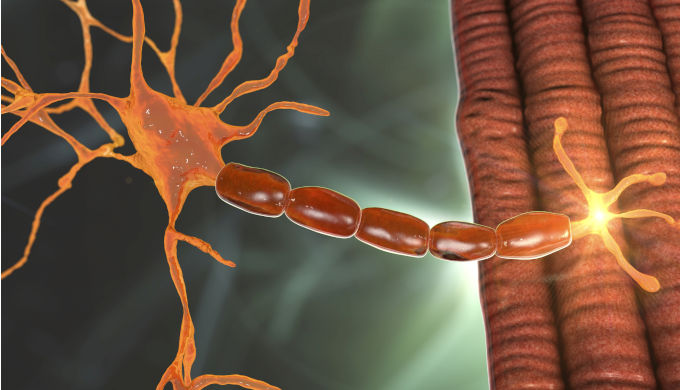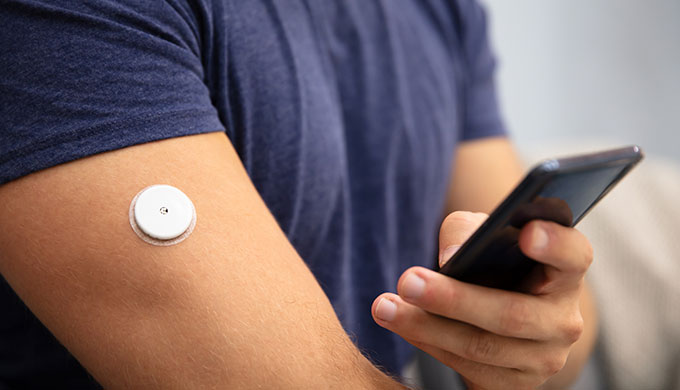Author: Claire Barnard
A number of different scores, many of them composite outcomes, are used in daily rheumatology practice and in clinical trials to assess the efficacy of new treatments. This article provides a quick-reference guide to the criteria that are commonly used, together with an explanation of the component parts making up the individual scores.








